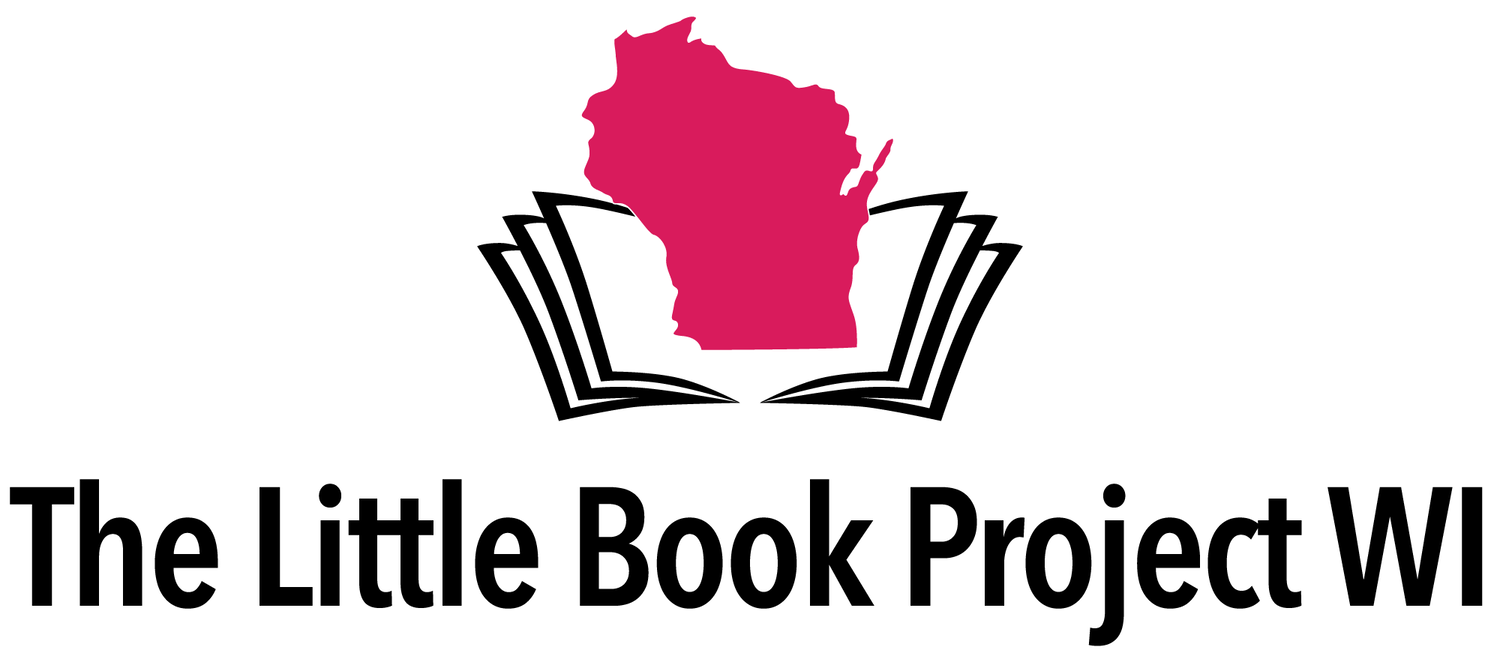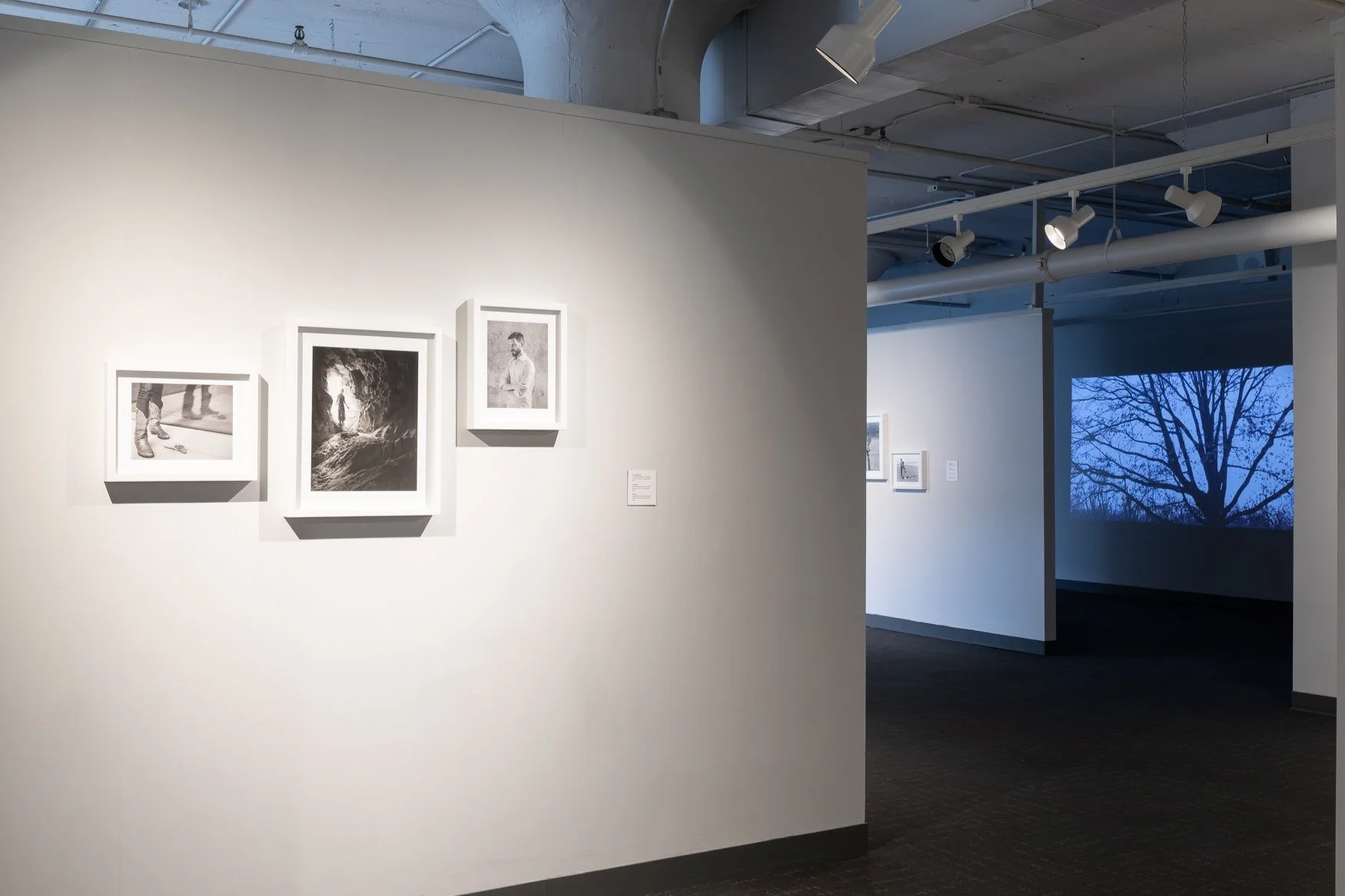Artist Profile: Philip Matthews
Philip Matthews is a poet from eastern North Carolina currently living in rural Wisconsin where he directs programs at Wormfarm Institute. Anchored by ritual meditation, his practice explores power, place and ecological shift. He is the author of two books: Witch (Alice James Books, 2020) and with David Johnson, Wig Heavier Than a Boot (Kris Graves Projects, 2019). Recent poems have appeared in Poem-a-Day (Poets.org) and Poetry Northwest. In addition to being a finalist for the 2017 Ruth Lilly and Dorothy Sargent Rosenberg Fellowship awarded by the Poetry Foundation, Matthews has also twice been a fellow at the Fine Arts Work Center in Provincetown.
1) How do you continually seek out or discover new inspiration for your writing?
This question has been on my mind as attention turns again to writing after a bit of a hiatus. It took more than a decade to create Wig Heavier Than a Boot (with David Johnson) and Witch, and since their releases in 2019 and 2020, I’ve been:
Finding my footing as the director of programs at Wormfarm Institute
Studying Tarot & evolutionary astrology while discovering spiritual community in rural Sauk County, WI
Dating again with two years of sobriety under my belt
Continuing ancestral work in eastern North Carolina that revolves around healing two family homes.
All of which I believe will lead to new poems that will make themselves known when they’re ready. I’m suspending the idea of working on a “project” and instead opening my heart, mind and gut to whatever happens next. Wig and Witch were deeply rooted in questions of how to belong—to a family, a place, a body, a spiritual house—and how to reconcile old grief and old rage that I hadn’t healed from but wanted to. That was hard, deep work that led me to this phase of life. Now I’m in a period of watching and waiting for new poems to be heard.
2) What is your favorite type of art to be a consumer of?
I think much can be learned about organizing poems by listening to musical albums with strong connective tissue and nuance. Songs that unfold seamlessly but approach shared questions through different moods and styles—where you feel like you’re listening to the holistic rhythms and movements of one body, but you’re still being surprised by new turns. Such albums loop well. Some favorite examples:
ANTI by Rihanna
Ensō by SoftSpot
Love Deluxe by Sade
The Rhythm of the Saints by Paul Simon
I also love a TV series with strong character development, like the first two seasons of The Crown, where you’re really seeing a character learn to breathe. Even or especially when circumstances may be shaping them into a person they were born to be, but that pushes them toward a growth edge. I’m a fan of work that leaves the viscera of that process visible, and Claire Foy’s portrayal of Elizabeth II certainly does.
3) In addition to poetry, what other forms of writing do you tend to gravitate toward?
The poems of Witch emerged from a daily practice with Tarot (which I’ve read now for 8 years); walking meditation; and magic ritual. As I’ve begun to read Tarot for others, I’ve loved exploring how skills as a poet can be translated into that form: finding rhymes and juxtapositions among different cards, discerning where the pressure points sit in each unique spread, learning the rhythms.
This year, I’ve begun the apprentice course in the Forrest Center for Evolutionary Astrology, with the aim to bring the ancient technology of astrology to bear onto the relatively modern technology of Tarot in my practice. It’s thrilling to discover the flexibility, layering and nuance in interpreting different charts: observing how the same basic vocabulary (signs, planets, houses) can be cast in innumerable, inimitable configurations. And how one’s own birth chart unfolds and continues to be recast throughout the course of a life.
I am discovering the language to move from the technical to the interpretative (…“So you have a grand air trine among your Sun, Chiron and South Node in the 9th, 1st, and 5th houses…”). What that means, in addition to the infinitely various ways that dynamic could play out, is proving to be a fun challenge for my poetic imagination.
4) What are 2 -3 titles currently in your "to be read" stack?
Yesterday’s Sky by Steven Forrest
The Best of It by Kay Ryan
Hello by Robert Creeley


